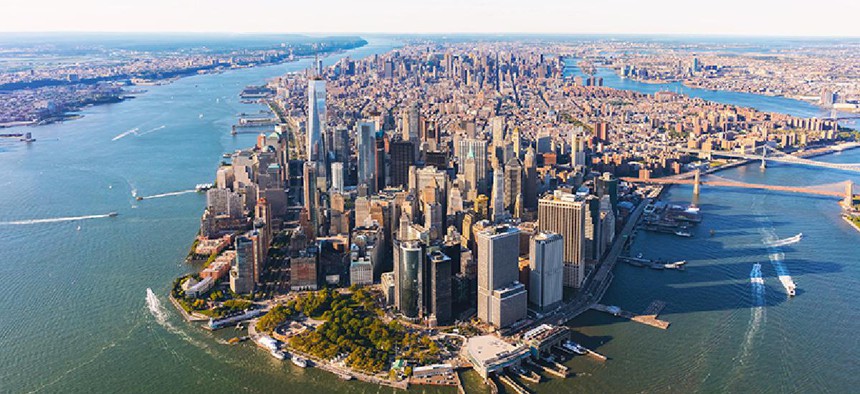When New Yorkers turn on a faucet at home or at work, it’s assumed that the water coming out is safe to drink. It goes without saying that the air we breathe ought to be clean, and that the waterways surrounding the city should be uncontaminated. Local residents look to municipal government to keep noise levels under control, and city officials are expected to do whatever they can to improve the city’s resilience to major storms.
In New York City, all of these tasks – and more – are carried out by the Department of Environmental Protection. In its own words, DEP’s mission is to protect “public health and the environment by supplying clean drinking water, collecting and treating wastewater, and reducing air, noise, and hazardous materials pollution.”
In other words, the agency of nearly 6,000 employees does many of the things that residents take for granted. While the DEP only seems to make headlines when there’s a problem, in this special section, we take a closer look at some of the major projects that are critical to the city’s health.
RELATED: An interview with acting DEP Commissioner Vincent Sapienza
In the following interviews, we explore the agency’s work through interviews with top officials and a rundown of several of the department’s key initiatives.
The Water Supply
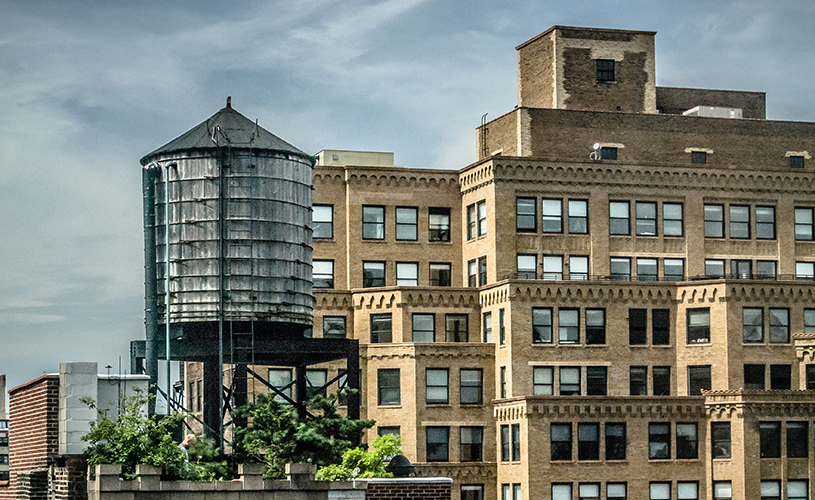
Although turning on a tap may seem easy, there is a long process to get water from upstate reservoirs to a New York City sink. Paul Rush, deputy commissioner for the Bureau of Water Supply in the New York City Department of Environmental Protection, oversees the operation and maintenance of New York City’s 19 reservoirs and three controlled lakes, which store a total of 580 billion gallons of water. Read the full interview here.
The sprawling sewers
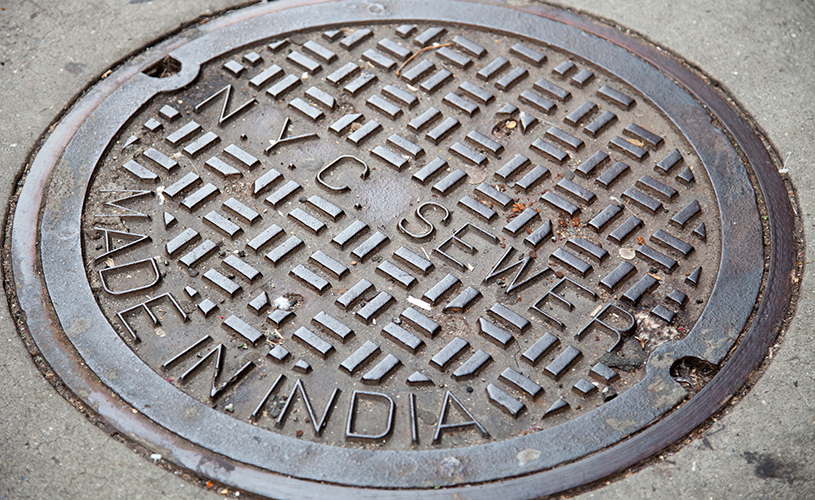
New York City residents are able to turn on a faucet at any time and obtain clean, drinkable water. This daily process of drinking water distribution is in large part made possible by Anastasios “Tasos” Georgelis, the acting deputy commissioner for the Bureau of Water and Sewer Operations in the New York City Department of Environmental Protection. Read the full interview here.
A greener New York City
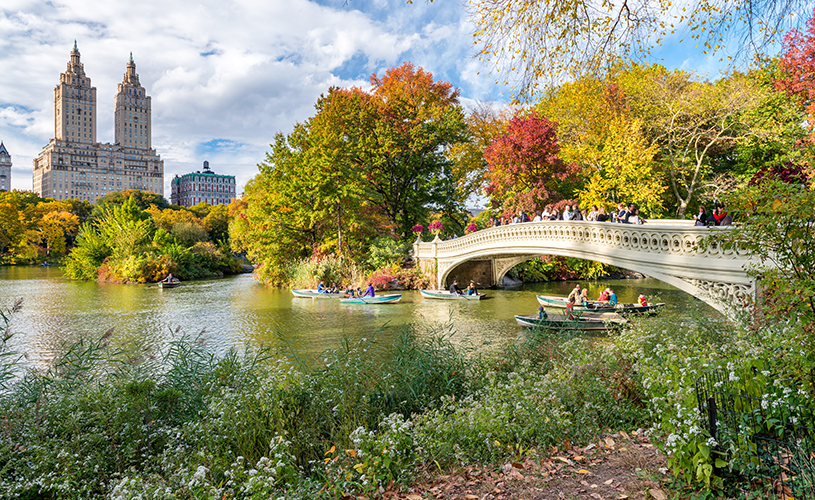
As deputy commissioner of sustainability at the New York City Department of Environmental Protection, Angela Licata works to make New York City greener, figuratively and literally. She oversees the implementation of the city’s Green Infrastructure Plan, which builds new sustainable structures and focuses on preserving the city’s natural assets. Read the full interview here.
What happens after you flush?
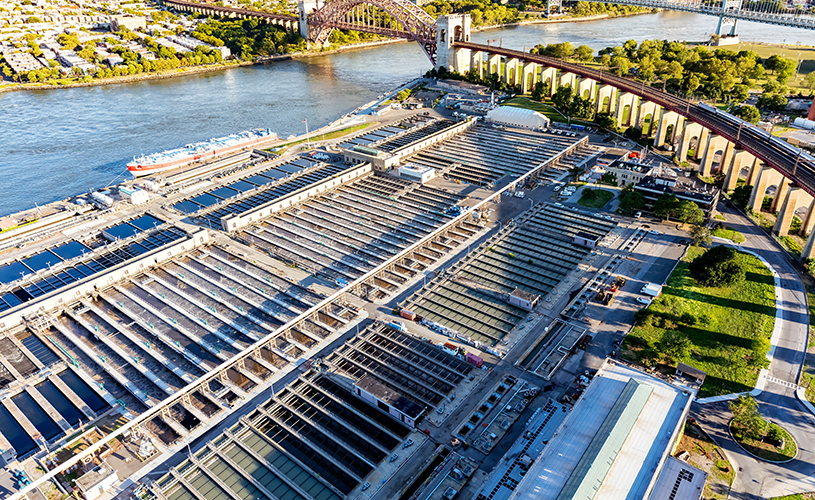
New York City generates a lot of waste. Pam Elardo, the deputy commissioner for the Bureau of Wastewater Treatment at the New York City Department of Environmental Protection, oversees the treatment of more than a billion gallons of wastewater per day. New Yorkers don’t often think about waste treatment, but Elardo argues that it is a necessary topic of discussion. Read the full interview here.

